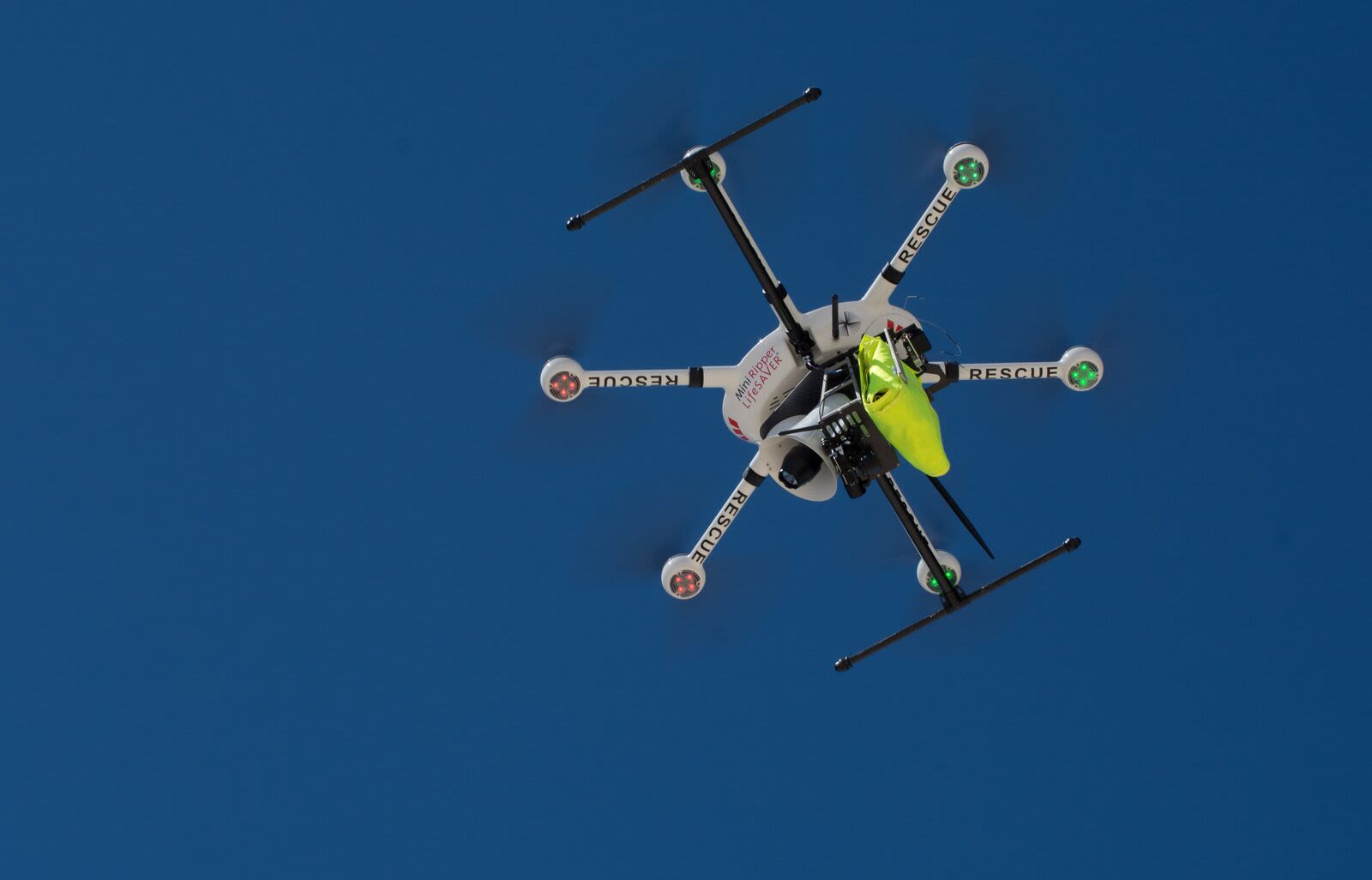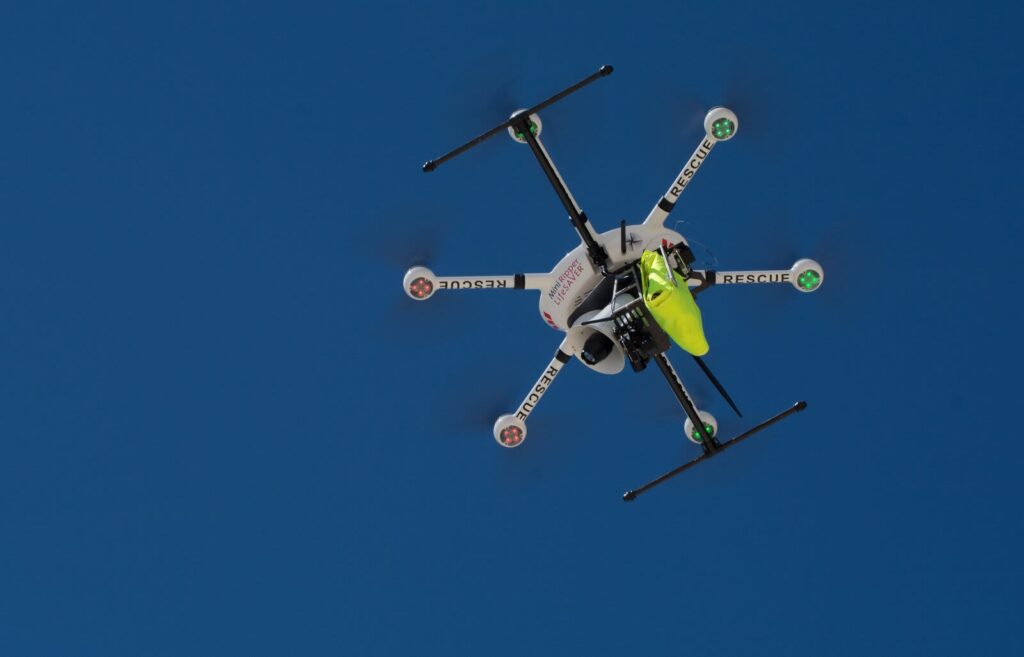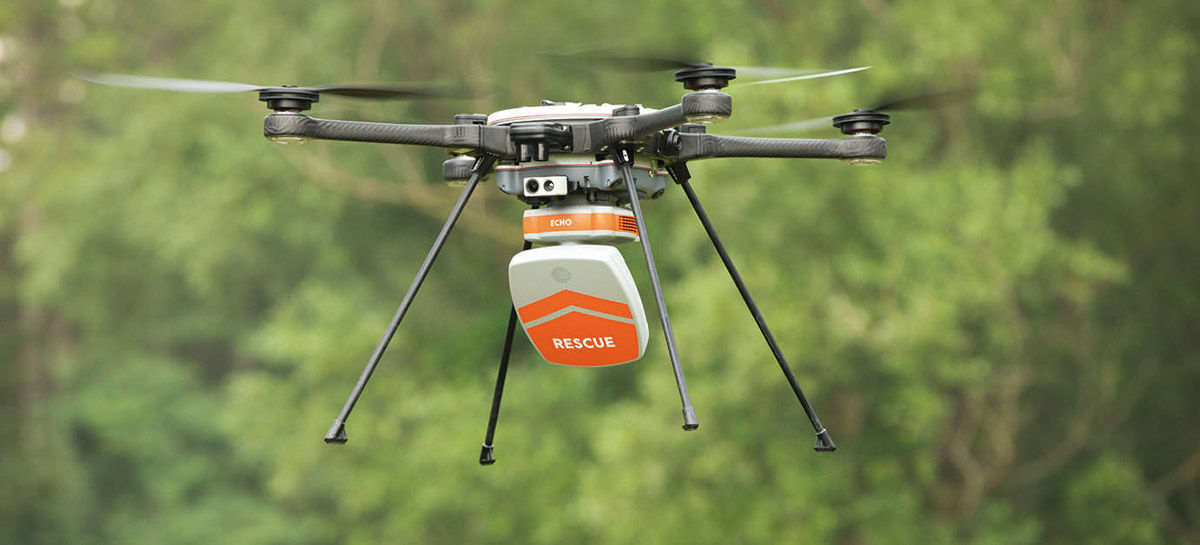Previous post
What is the use of RTK on surveying drones?

Drones can see through dense forests to help rescuers
- Post date: 22 Mar, 2024
- 164 Views
- 0 Comments


A new study found that autonomous search and rescue drones now reveal how drones can one day help locate people who have lost their way in dense forests.
In search and rescue tasks, robots have many advantages over humans, such as being able to quickly scan large areas. However, the drones currently used in such operations still rely on human vision to check video from drones, which makes finding people in dense forests in this way challenging and often almost impossible.
To overcome this limitation, scientists at the Johannes Kepler University in Linz, Austria, designed an algorithm that can remove forest cover from the drone’s field of view so that the ground can be seen. Then machine vision can use thermal imaging to detect and identify the body’s heat.
The researchers conducted experiments on the MikroKopter Okto XL 6S12, a 94.5 cm wide octocopter with two 4.5 amp-hour lithium-ion polymer batteries. They equipped it with FLIR Vue Pro thermal imager, RaspberryPi 4B system-on-chip computer, Sixfab 3G/4G/LTE communication module and Intel Neural Compute Stick 2 vision processing unit.

Scientists conducted 17 field tests on various forest types (such as coniferous forests, broad-leaved forests, and mixed forests) as well as different seasons, temperatures and light levels. During the autonomous flight, the drone equipped with the new system found 38 out of 42 hidden personnel.
The drone can fly according to a predefined path, but it can also decide where to fly based on the information detected during the flight to help find people as soon as possible. Its drone transmits the results to the rescue team only when identifying people, so it can operate in remote areas with intermittent minimum bandwidth connections (such as satellite links). However, the battery life is short and the flight time is limited to 15 to 20 minutes.
In the future, researchers hope to use professional drones to extend the flight time. For example, an unmanned aircraft equipped with an internal combustion engine can fly for up to 6 hours and carry a payload of up to 75 kg. A camera with a faster image capture rate can achieve higher flight speeds and a larger search area, and a faster mobile processor or vision processor can improve flight planning to better find people.
The scientists pointed out that their drones can also be used for surveillance, wildlife monitoring, border control and detection of fire hot spots. Andreas Birk, professor of electrical engineering and computer science at Jacobs University in Bremen, Germany, also pointed out that it can be used to hunt fugitives.
